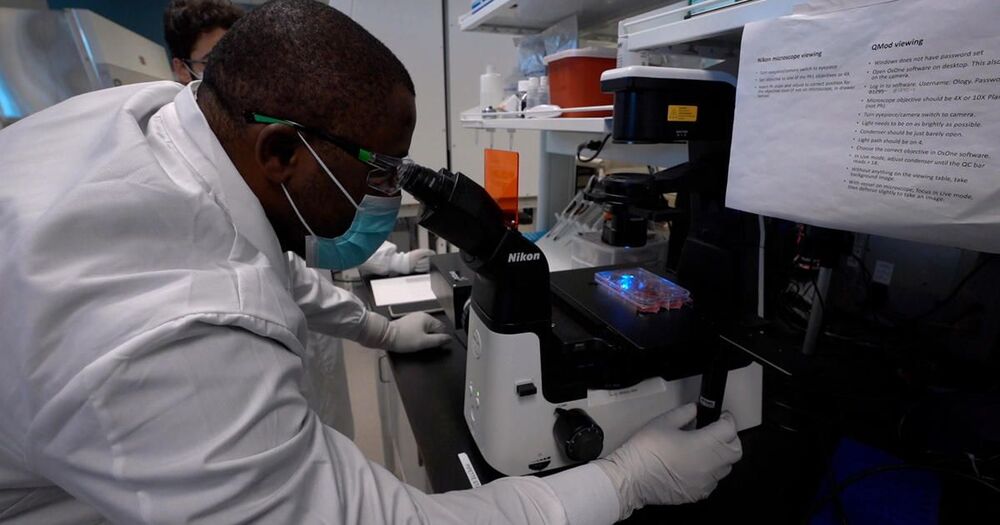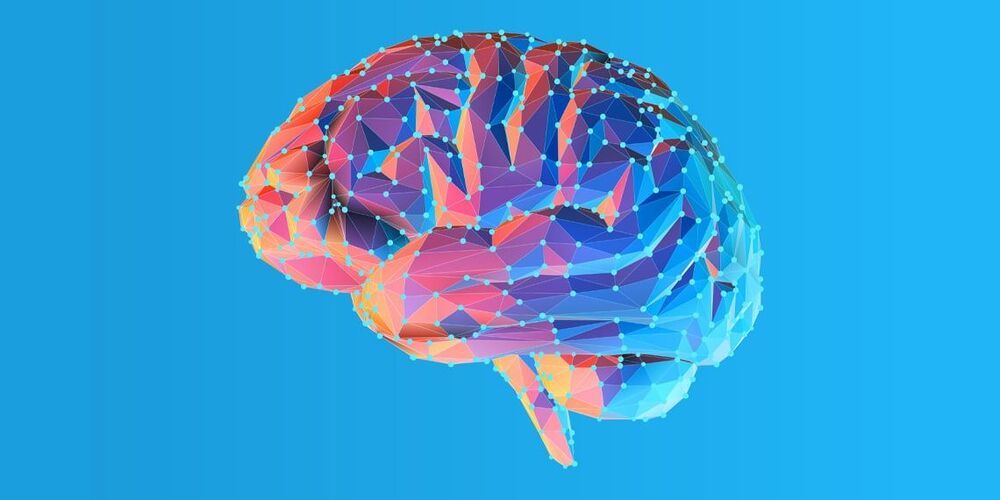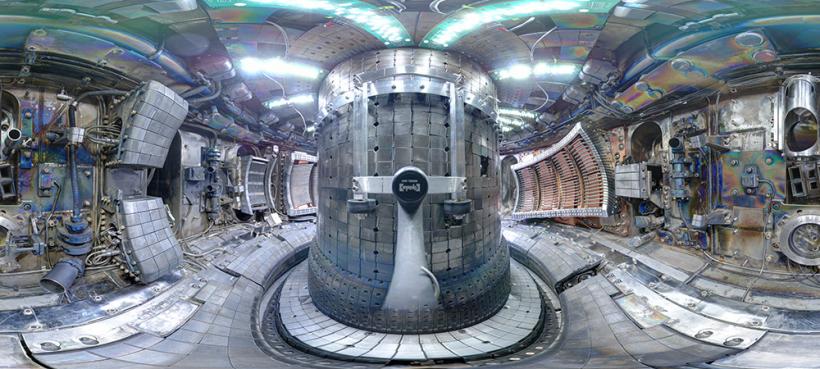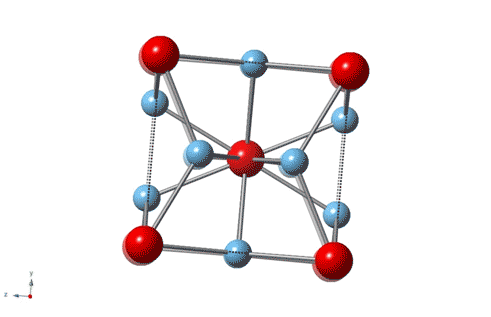Bill Whitaker reports on the Pentagon projects that helped combat COVID-19 and may help end pandemics forever.


On April 13, 2021, Astrobotic announced that the Falcon Heavy rocket will launch the Griffin lander carrying NASA’s Volatiles Investigating Polar Exploration Rover (VIPER) to the moon.
Credit: Space.com | footage & animations: SpaceX & Astrobotic | produced & edited by Steve Spaleta (http://www.twitter.com/stevespaleta)
NASA’s Perseverance rover captured new imagery on April 13, 2021 of the Red Planet and the Sun. On April 12, NASA announced that Ingenuity needs a software update and will not fly until at least next week. Full Story: https://www.space.com/nasa-delays-mars-helicopter-ingenuity-flight-again.
Credit: Space.com | imagery courtesy: NASA/JPL-Caltech/ASU | produced & edited by Steve Spaleta (http://www.twitter.com/stevespaleta)
Music:“northern lights” by saul guanipa via videohelper.com

A recent study explored whether working memory training can reduce anxiety associated with a particular stressor — exam time. While working memory training did not appear to reduce test anxiety among students, perceived success during the training tasks did. The findings were published in the Journal of Cognitive Enhancement.
People who suffer from anxiety show deficits in working memory function. Working memory is a brain system that allows us to hold on to certain information and use it to guide our decisions and behavior. Scholars have found evidence to suggest that interventions that improve working memory also improve anxiety symptoms.
Little is known about how motivation might affect the success of working memory training on anxiety reduction. The authors of the new study elected to explore this topic among a sample of college students experiencing a particularly stressful season of the academic year — exam time.

Michael D. West talking about regeneration.
[Reuploaded from Vimeo: https://vimeo.com/522148118]
In this video, Dr. Michael West, CEO of AgeX Therapeutics, discusses the non-peer reviewed preprint article in bioRxiv on the potential role of the clustered protocadherin genes in regeneration, aging, and cancer, and the relevance of the discovery for iTR product development.
Full paper: https://www.biorxiv.org/content/10.1101/2021.03.07.434314v1.full.

The ‘engine’ is actually a nanotube, powered by an enzyme-triggered biocatalytic reaction using urea as fuel. The reaction creates an internal flow that extends out into the fluid, causing an open cavity to form. This results in thrust, propelling the nanotube along.
Samuel Sánchez was one of the lead researchers from the previous record holders where their nanotube jet engine measured 600nm across and weighed 1 femtogram (10^−15 kg).
Xing Ma and Samuel Sánchez recognise both Ana C. Hortelao (Spain) and Albert Miguel-López (Spain) contribution to the research as well as the support from their affiliated institutions:



Circa 2016 o,.o.
Titanium is the leading material for artificial knee and hip joints because it’s strong, wear-resistant and nontoxic, but an unexpected discovery by Rice University physicists shows that the gold standard for artificial joints can be improved with the addition of some actual gold.
“It is about 3–4 times harder than most steels,” said Emilia Morosan, the lead scientist on a new study in Science Advances that describes the properties of a 3-to-1 mixture of titanium and gold with a specific atomic structure that imparts hardness. “It’s four times harder than pure titanium, which is what’s currently being used in most dental implants and replacement joints.”
Morosan, a physicist who specializes in the design and synthesis of compounds with exotic electronic and magnetic properties, said the new study is “a first for me in a number of ways. This compound is not difficult to make, and it’s not a new material.”
#alexlab #ironman #pneumomuscles.
Use Ali Radar to buy things that you really need for the lowest price https://bit.ly/374Dsbz.
PDF step-by-step DIY guides are available for channel members in the Community tab.
Join the team right now! http://youtube.com/alexlab/join.
Music by Artlist.io (in clip order)
Viking by Zac Nelson https://artlist.io/song/4010/viking.
Be fun by Befun https://artlist.io/song/2485/befun.
Lie in the Sun by ORKAS https://artlist.io/song/34496/lie-in-the-sun.
I Get Up by John Coggins https://artlist.io/song/10068/i-get-up.
3 O‘Clock Blues by Tony Petersen https://artlist.io/song/39298/3-o’clock-blues.
Against Gravity by Evgeny Bardyuzha https://artlist.io/song/13422/against-gravity.
Static by Tomer Ben Ari https://artlist.io/song/281/static.
Videos:
Pneumatic muscles @the Hacksmith https://youtu.be/L0esNg2ys_s.
Hydraulics video https://www.pexels.com/ru-ru/video/1590780/ https://www.pexels.com/ru-ru/@haywardfineartphotography.
Pneumatic Iron Man exoskeleton https://youtu.be/xWADYjee6-w.
Wind turbine: Kelly Lacy: Pexels.
The book: Frederic DeLavier «Strength Training Anatomy»